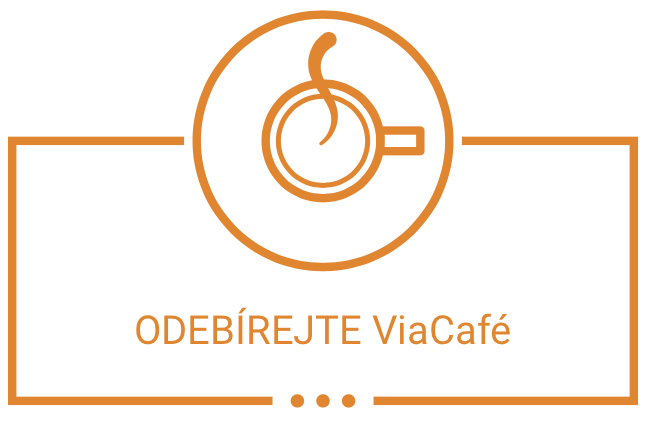When people in a community work collaboratively to improve a space, they can create great things that have broad support from across the community. The new “Community Gallery Strip” in the town of Boskovice proves the point. The SRAB civic association engaged local residents in redesigning and rebuilding a strip of green space into a welcoming park with an outdoor art gallery.
From an ordinary green space to a place of interaction and culture
The project site was a strip of green space located in the Boskovice housing estate between apartment buildings, an elementary school, a kindergarten, a nursing home and a supermarket. Although hundreds of people walked through the space or walked their dogs there every day, there was little to attract them to spend more time there. The SRAB association (Society for the Development of Architecture in Boskovice) saw an opportunity and decided to transform the site into something more welcoming.
The civic association applied for Via’s grant program “We can do more with Česká spořitelna”, which is funded by the bank. As one of 6 successful applicants, the association received a grant of $21,500 (CZK 500,000), learning support and the services of a community engagement specialist. With this support, they were ready to begin changing the strip of green space in a pass-through park into a place they now call the Community Gallery Strip.
The green space in Boskovice, before and after the project.
The SRAB association began working closely with the municipal office in Boskovice as well as the nursing home, schools and local boy and girl scouts. They hired landscape architects for the design work and developed a community engagement process to get the input of local residents.
Community engagement in the design and build process
The SRAB association, landscape architects and Via’s community engagement specialist oversaw a series of community meetings to involve local residents in the design process. At the first meeting, people discussed what they wanted to preserve in the space – mainly the vegetation and the peaceful character of the space – and what they wanted to change – such as improving safety. Some people also expressed their concerns about the project, such as the potential for increased noise and use of the space by homeless people or noisy youth. Some also expressed their concerns on social media.
“It was very challenging at times. We constantly had to explain to people that we were not planning a huge makeover and that we were going to keep as much of the green space as possible. There were only a few people who were against any type of change at all, but they were very vocal,” explained architect Markéta Grénarová.
Residents also put forth ideas at the first meeting, such as new seating, children’s play elements and a set of panels for exhibitions – a kind of small outdoor gallery. It was this last idea that became the main concept behind the two designs that architects Markéta Grénarová and Petra Houdová prepared for the second community meeting. Of the two designs, the public chose the “PLAYFUL” option, which included a gravel path, an elliptical plaza and exhibition panels. The design was well received by local residents and even those who had initially opposed the project began to look forward to the what it could bring.
The main element of the new gallery is a set of exhibition panels. Benches line the space next to the panels. They were built by local residents, including some which are specially adapted for elderly users. They are complemented by perennial planting beds and boulders, which give the space a naturalistic character. “The gallery will be run by the SRAB association and will welcome anyone’s work. We have even been approached by several artists. The site has become a place for interaction, relaxation and cultural experiences,” said Markéta Grénarová.
Local residents were involved in building the new park elements from the first days of spring 2024 through the summer months. They helped with clearing bushes and preparing the foundations for the exhibition panels. Local companies and scouts supported the technical work. The project was funded with a grant of $21,500 (CZK 500,000) through Via’s “We can do more” program with Česká spořitelna, the town of Boskovice contributed $4,300 (CZK 100,000) and local residents also made donations online through Via’s Darujme.cz fundraising portal.



